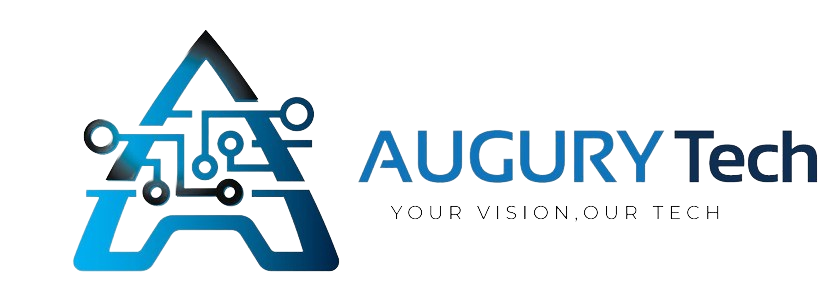Computer Vision is a branch of Artificial Intelligence focused on enabling computers to see, identify, and process images in the same way that human vision does. It involves the development of algorithms that can gain a high-level understanding of digital images or videos.
Image Processing Basics
Image processing is a crucial step in computer vision. It involves manipulating image data to enhance it or extract useful information. Key techniques include:
- Grayscale Conversion: Turning a colour image into shades of grey to simplify processing.
- Image Filtering: Removing noise or enhancing features within the image.
- Edge Detection: Identifying the edges within an image to find objects and boundaries.
These techniques help prepare the images for further analysis.
Object Detection and Recognition
Object detection involves identifying and locating objects within an image. Recognition goes a step further by identifying what those objects are.
For example, in an image of a street, object detection could locate all the cars, while recognition could classify each one as a sedan, SUV, or truck. Common methods include:
- Haar Cascades: A technique using machine learning to detect objects based on features.
- YOLO (You Only Look Once): A popular, real-time object detection system.
Building a Simple Image Classifier
Creating an image classifier involves training a model to categorize images into different classes. Here are the basic steps:
- Data Collection: Gather a dataset of labelled images. For example, if you’re building a classifier for animals, you might collect images of cats, dogs, and birds.
- Data Preprocessing: Prepare the data by resizing images, converting them to grayscale, and normalizing pixel values.
- Model Building: Choose a model architecture, such as a Convolutional Neural Network (CNN). CNNs are particularly effective for image classification due to their ability to recognize patterns and features.
- Training: Train the model using the labelled dataset. The model will learn to associate images with their labels by adjusting its internal parameters.
- Evaluation: Evaluate the model’s performance using a separate set of images that haven’t been seen before. This helps ensure the model can generalize to new, unseen data.
- Prediction: Use the trained model to classify new images. The model will output the probabilities of the image belonging to each class, and the class with the highest probability is chosen as the prediction.
